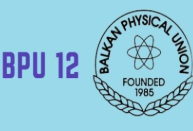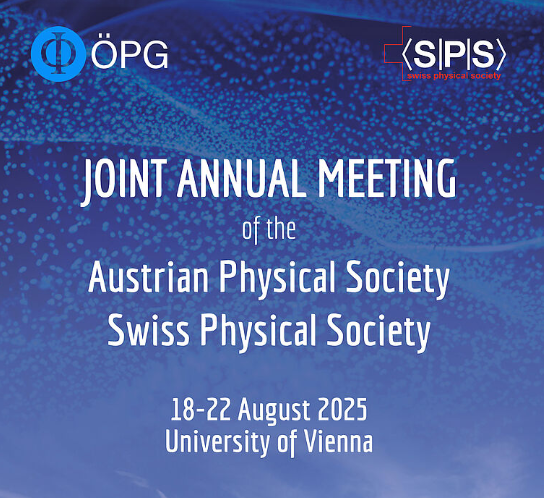https://doi.org/10.1140/epjc/s10052-024-12470-w
Regular Article - Experimental Physics
Pulse shape discrimination for the CONUS experiment in the keV and sub-keV regime
1
Max-Planck-Institut für Kernphysik, Saupfercheckweg 1, 69117, Heidelberg, Germany
2
PreussenElektra GmbH, Osterende, Brokdorf, Germany
b
aurelie.bonhomme@iphc.cnrs.fr
Received:
8
September
2023
Accepted:
23
January
2024
Published online:
8
February
2024
Point-contact p-type high-purity germanium detectors (PPC HPGe) are particularly suited for detection of sub-keV nuclear recoils from coherent elastic scattering of neutrinos or light dark matter particles. While these particles are expected to interact homogeneously in the entire detector volume, specific classes of external background radiation preferably deposit their energy close to the semi-active detector surface, in which diffusion processes dominate that subsequently lead to slower rising pulses compared to the ones from the fully active bulk volume. Dedicated studies of their shape are therefore highly beneficial for the understanding and the rejection of these unwanted events. This article reports about the development of a data-driven pulse shape discrimination (PSD) method for the four 1 kg size PPC HPGe detectors of the Conus experiment in the keV and sub-keV regime down to 210 eV The impact of the electronic noise at such low energies is carefully examined. It is shown that for an acceptance of 90% of the faster signal-like pulses from the bulk volume, approx. 50% of the surface events can be rejected at the energy threshold and that their contribution is fully suppressed above 800 eV
The impact of the electronic noise at such low energies is carefully examined. It is shown that for an acceptance of 90% of the faster signal-like pulses from the bulk volume, approx. 50% of the surface events can be rejected at the energy threshold and that their contribution is fully suppressed above 800 eV Applied to the Conus background data, such a PSD rejection cut allows to achieve an overall
Applied to the Conus background data, such a PSD rejection cut allows to achieve an overall  reduction of the total background budget. The new method allows to improve the sensitivity of future Conus analyses and to refine the corresponding background model in the sub-keV energy region.
reduction of the total background budget. The new method allows to improve the sensitivity of future Conus analyses and to refine the corresponding background model in the sub-keV energy region.
© The Author(s) 2024
 Open Access This article is licensed under a Creative Commons Attribution 4.0 International License, which permits use, sharing, adaptation, distribution and reproduction in any medium or format, as long as you give appropriate credit to the original author(s) and the source, provide a link to the Creative Commons licence, and indicate if changes were made. The images or other third party material in this article are included in the article’s Creative Commons licence, unless indicated otherwise in a credit line to the material. If material is not included in the article’s Creative Commons licence and your intended use is not permitted by statutory regulation or exceeds the permitted use, you will need to obtain permission directly from the copyright holder. To view a copy of this licence, visit http://creativecommons.org/licenses/by/4.0/.
Open Access This article is licensed under a Creative Commons Attribution 4.0 International License, which permits use, sharing, adaptation, distribution and reproduction in any medium or format, as long as you give appropriate credit to the original author(s) and the source, provide a link to the Creative Commons licence, and indicate if changes were made. The images or other third party material in this article are included in the article’s Creative Commons licence, unless indicated otherwise in a credit line to the material. If material is not included in the article’s Creative Commons licence and your intended use is not permitted by statutory regulation or exceeds the permitted use, you will need to obtain permission directly from the copyright holder. To view a copy of this licence, visit http://creativecommons.org/licenses/by/4.0/.
Funded by SCOAP3.




